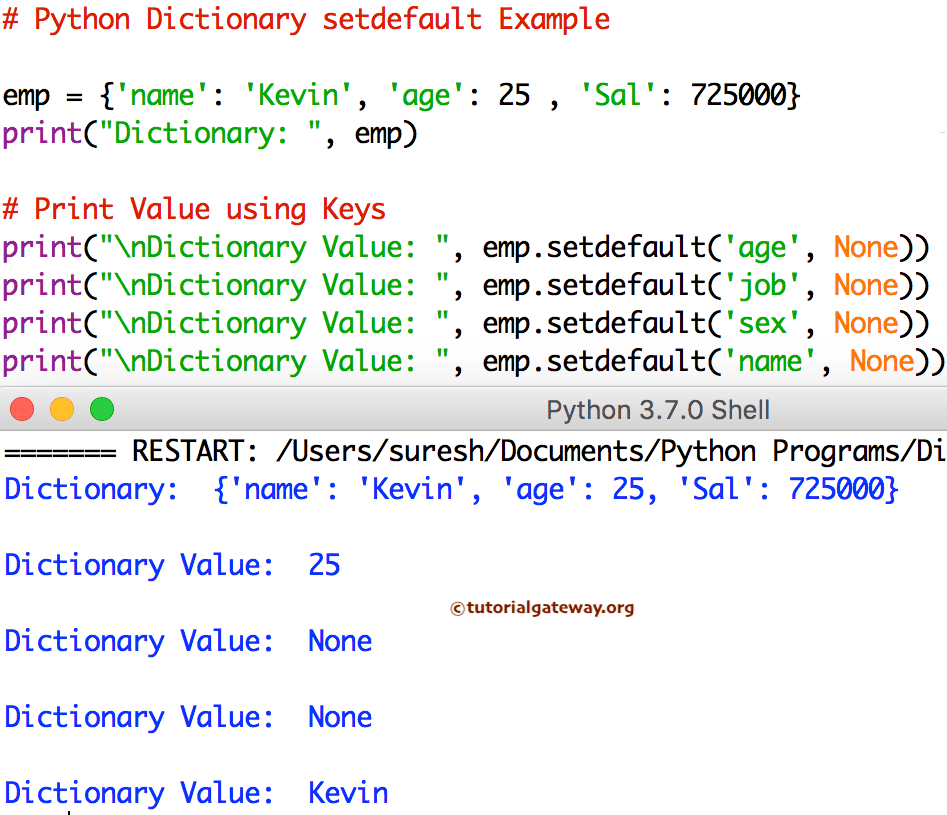

Print the whole tuple mapped with the specific key(here 10) of the input dictionary by using the key −Ĭreate a variable to store the input dictionary containing the values as a tuple. Algorithm (Steps)įollowing are the Algorithm/steps to be followed to perform the desired task. Len() function − The number of items in an object is returned by the len() method.The len() function returns the number of characters in a string when the object is a string. Lists and tuples are similar in many ways, but a list has a variable length and is mutable in comparison to a tuple which has a fixed length and is immutable. Tuples are an immutable, unordered data type used to store collections in Python. The following are the various methods used to accomplish this task −
Python loop dictionary how to#

Choose at least one other piece of information to include in your app.symbol, name, atomic number, row, and column.Make sure you include the following information:.Write a terminal app that lets you enter information about each element in the periodic table. The Periodic Table of the Elements was developed to organize information about the elements that make up the Universe.Add a visualization feature that reports on some statistics about the words and meanings that have been entered.(later on) Turn your program into a website that anyone can register for, and use.(later on) Turn your program into a website that only you can use.Turn the program into a game that quizzes users on words and meanings.Allow users to modify the spelling of words.Your program should give users the option to modify an existing meaning.Your program should store existing words and meanings, even after the program closes.Your program must not allow duplicate entries.Your program should give users the option to enter a new word and meaning.Your program should give users the option to see all words and meanings that have been entered so far.Your app should have a title bar that says the name of your program.Write a terminal app that lets you enter new words, and a meaning for each word. A word wall is a place on your wall where you keep track of the new words and meanings you are learning.
Python loop dictionary series#

Wikipedia has a list of the tallest mountains in the world, with each mountain's elevation.Modify one of the values in your dictionary, to represent doing more of that exercise.Use a for loop to print out a series of statements such as "I did 10 bench presses".Make a dictionary where the keys are the names of weight lifting exercises, and the values are the number of times you did that exercise.Bonus: Use a function to do all of the looping and printing in this problem.Remove one of the key-value pairs from your dictionary.



 0 kommentar(er)
0 kommentar(er)
